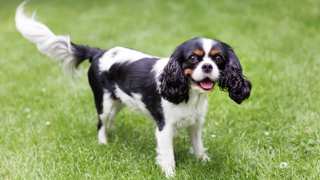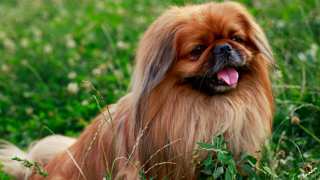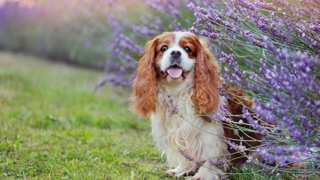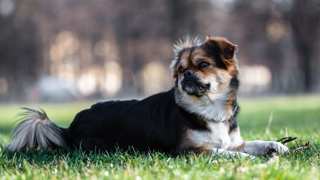Like other breeds, Chugs will need a diet that includes animal proteins and carbohydrates for energy, vitamins and minerals for digestive and immune health, and omega fatty acids for coat and skin wellness. This means the best Chug food is premium dry kibble, as it has balanced portions of the above-listed ingredients--all of which your Chug will need to maintain its health in the long term.
It's also a good idea to feed these dogs premium food formulated for small breeds. Three recommended brands of small-breed food are Blue Buffalo, Taste of the Wild, and Royal Canin.
The good news is that your Chug won't eat too much high-quality food at once! The typical adult, depending on its age, size, and activity level, will only need about a cup of premium dry food per day, divided into two meals. For a newborn Chug, milk from its mother is needed until 6-7 weeks, after which you can introduce puppy formula. Until five months old, puppies should be fed three times per day instead of two.
For more info on feeding a Chug from puppyhood through maturity, see the following:
Dog AgeDog WeightFood TypeAmountFrequency7 Weeks2 lbsDry (Puppy formula)6-8 pieces3x/day3 Months4 lbsDry0.15 cups3x/day5 Months8 lbsDry0.25 cups3x/day8 Months10 lbsDry* (Puppy/Adult)0.4 cups2x/day10 Months+12 lbsDry (Adult formula)0.5 cups2x/day*--Around this time, transition to adult food by first mixing in a bit of adult formula with the puppy formula. Over the course of a week, with each meal add a little more adult food to the mixture, until the dog is eating it entirely.
If possible, try and stick to the above-listed portions. Dogs of this breed are highly prone to obesity, and will easily become overweight if constantly overfed (and under-exercised)--and a fat Chug will have numerous health problems and a shortened lifespan. You can help control your Chug's weight by having consistent feeding and exercise schedules, by not feeding the dog table scraps, and by not leaving food in the dog's bowl all the time.
If you're worried your Chug is overweight, give the dog this test: run a hand along its side, and if you can't feel any ribs, it's diet time. Reduce the dog's daily food consumption by one-fourth, and add an extra walk or play period to its daily exercise schedule.




